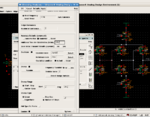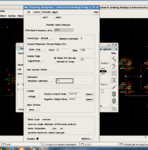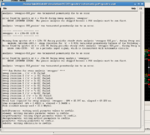Kristya
Junior Member level 1
I need a 200MHz clock for TDC provided by ring VCO, but considering jitter accumulation conventional ring VCO doesn't fit. I want to design a injection locked ring oscillator, but can't find some proper paper. Can any one help me with some paper name?
Another question is how to simulate phase noise in this oscillator. When do PSS, the simulation stops because of the additional pulse injection,how to continue ?
Thank you for your help.
Another question is how to simulate phase noise in this oscillator. When do PSS, the simulation stops because of the additional pulse injection,how to continue ?
Thank you for your help.



